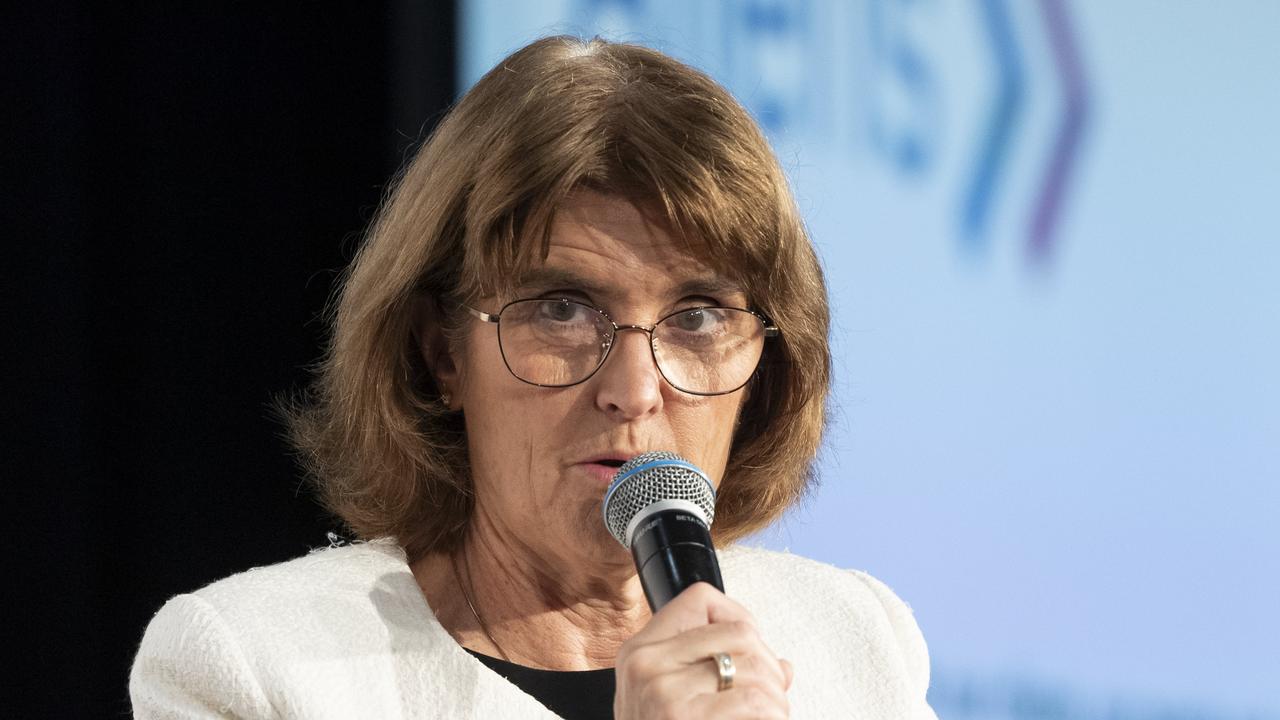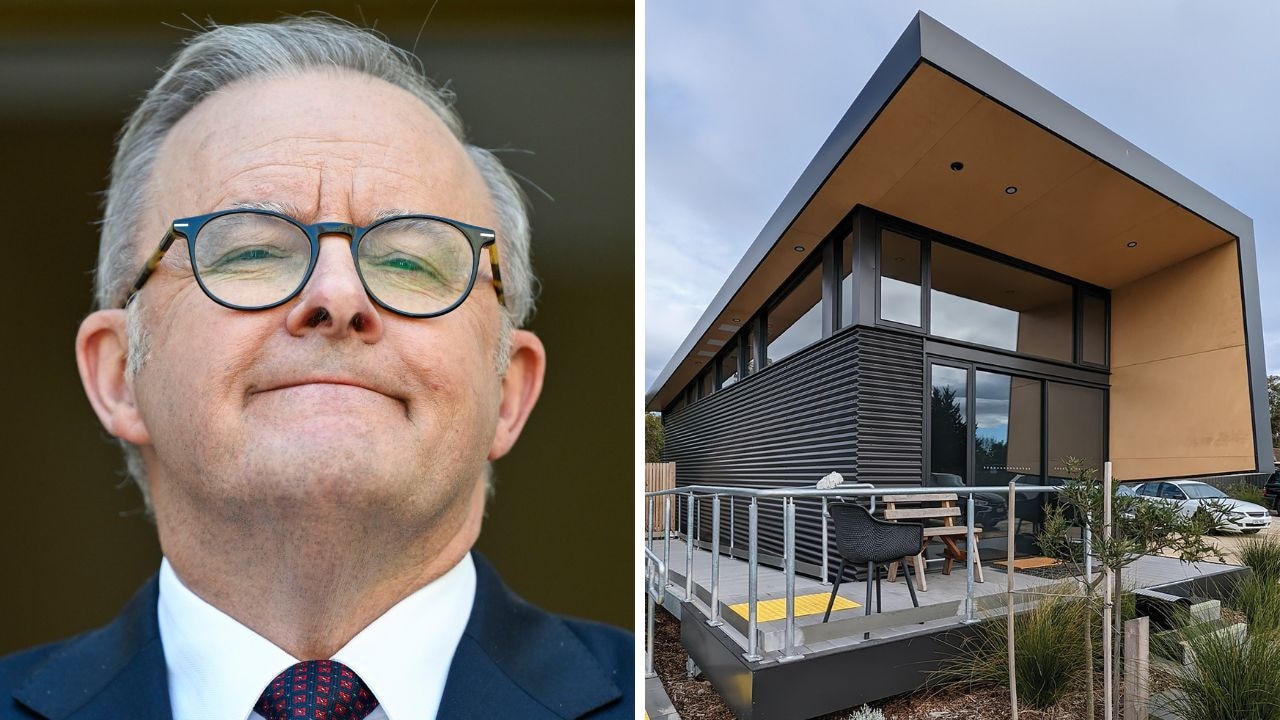Almost half of Australian renters are struggling, Finder survey
A huge portion of Australian renters are struggling to make ends meet – and the problem is likely to get worse.

Almost half of Australian renters are struggling to make ends meet on their housing costs as less properties come to market and prices continue to rise.
While renters account for about one third of Australian households, neither the government nor the opposition has outlined a significant policy to address rental affordability in the lead up to the federal election.
A survey from comparison site Finder shows 45 per cent of Aussie renters struggled to meet rental payments in April.
MORE: New housing affordability crisis hurting Aussies
Uphill battle for young Qld renters
This figure was markedly higher than the 37 per cent of households who struggled to meet mortgage repayments or rental commitments in March and the 35 per cent in February.
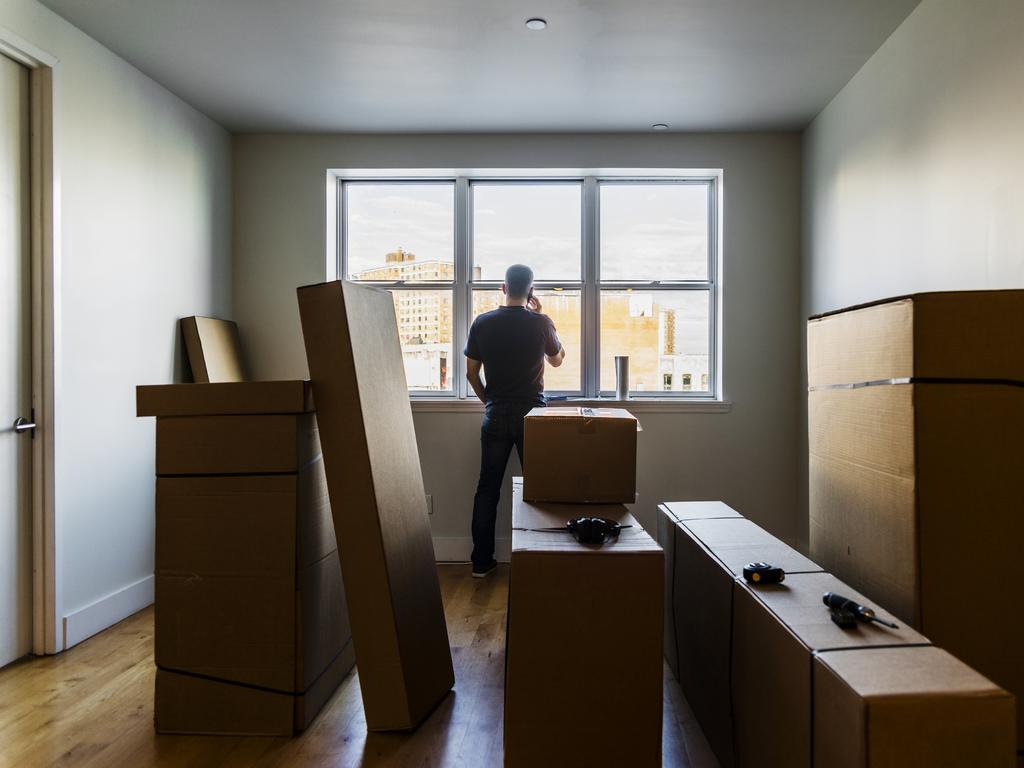
Finder asked 23 economists, property and finance experts whether the government “should be doing more to help the growing number of struggling households.”
Just over half answered “yes,” with the vast majority pointing to increased housing supply as a potential solution.
Housing Industry Association chief economist Tim Reardon said all levels of government should act to address housing supply by attracting investors and looking at development reform.
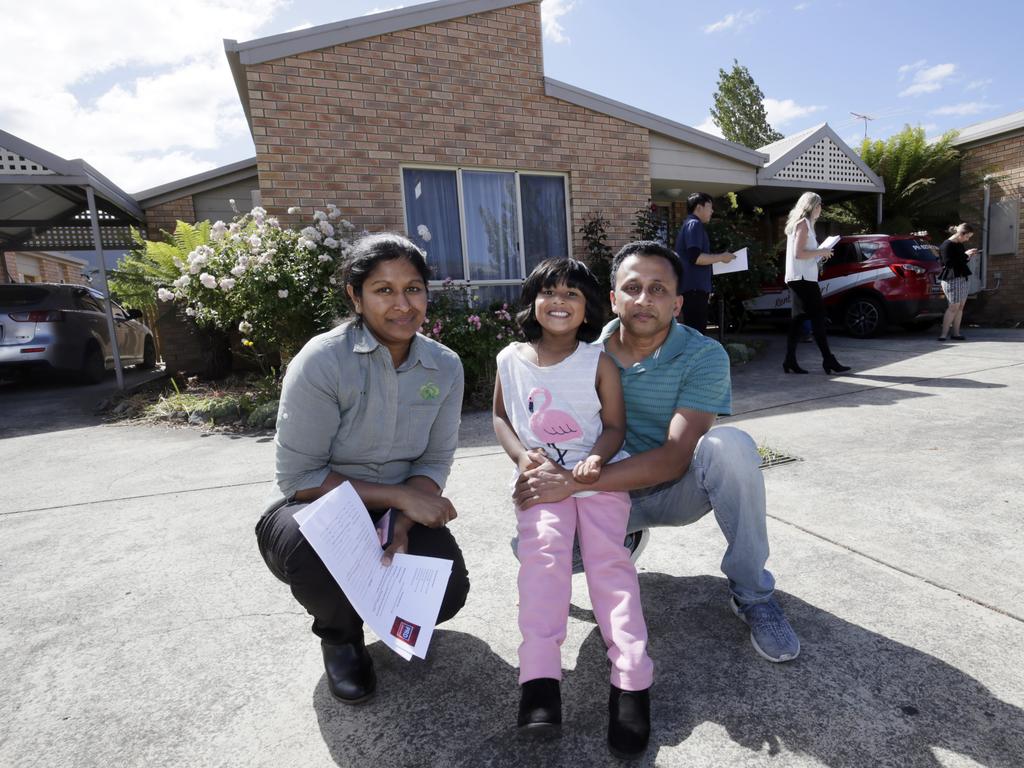
Lateral Economics CEO Nicholas Gruen said the government could “provide some rental relief payments to the worst off,” while Monash University professor Mark Crosby said rental assistance support was more important than first homeowner schemes.
“We need far greater investments in public and social housing,” Mr Crosby said.
Finder’s senior editor of money Sarah Megginson said the government’s response to rental affordability concerns was centred around its incentives for first home buyers to purchase a home.
“Asking people to get into a mortgage with only 5 per cent equity in a falling property market is a risky way of doing that,” Ms Megginson said.
“With rents rising at record rates, it’s no wonder renters are feeling left out.”
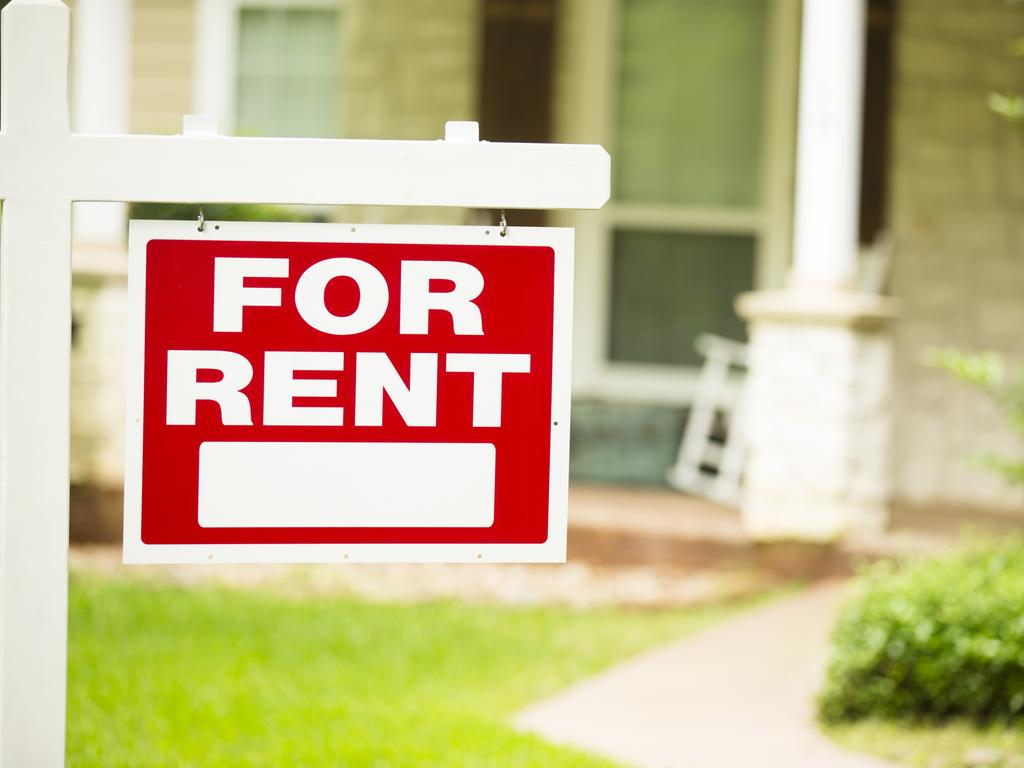
In March, the federal government announced more places would be made available through its deposit guarantee schemes for first homebuyers and single parents as well as a new scheme for regional buyers.
The federal opposition recently proposed a shared equity scheme for new buyers that would see the government hold a 40 per cent stake in the property’s value.
No major policy aimed at addressing rental affordability has been outlined by either the government or opposition party in the lead up to the May 21 election.
March figures from realestate.com.au show that demand for rental accommodation is growing across the country.

PropTrack director of economic research Cameron Kusher said there had also been a drop in properties being listed for rent.
“Demand remains near record high levels nationally, sitting at a historic peak throughout the combined capital cities, while it has fallen moderately from its peak in regional markets,” Mr Kusher said.
“The volume of properties listed for rent at a national level has continued to reduce over recent months, exacerbating shortages of stock and pushing prices higher.”
The return of open borders and international students meant prices in Sydney and Melbourne were starting to rise – something Mr Kusher expected to continue throughout the year.
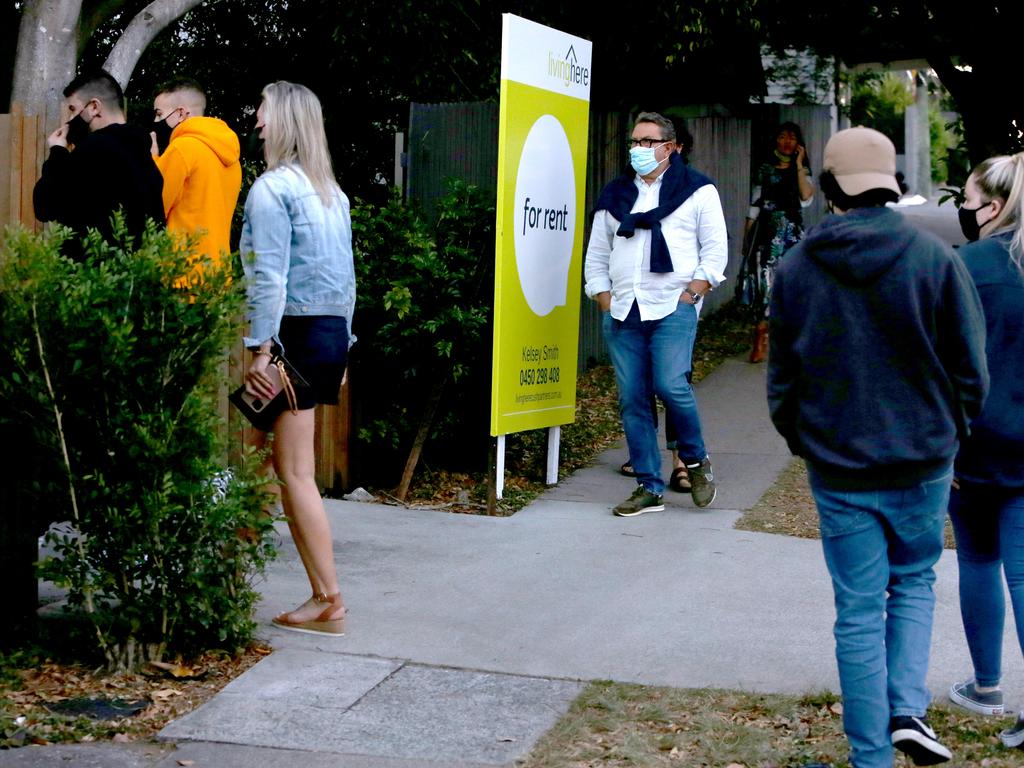
“With international borders reopened and migration recommencing, we are anticipating a further tightening of rental supply over the coming months, which is likely to lead to further increases in rental rates,” he said.
“This is expected to be most prevalent in Sydney and Melbourne.”
The news came as shocking examples emerged of what Sydney renters were being asked to pay for properties listed in appalling conditions.


A listing for a property in Sydney’s inner city suburb of Ultimo caused a stir on social media thanks to a massive hole in the ceiling and the agent’s call to “bring your paintbrush and ideas.”
The two bedroom terrace is advertised with an asking rent of $550 a week, which is the current median rent for units in the suburb, based on realestate.com.au data.
While almost 70 per cent of the population in Ultimo are renters, the average household income is $1,230 a week.
MORE: ‘Worse than expected’: Rental vacancies hit 16-year low
Sydney’s most tenant-friendly suburb revealed
Where you can find a home for less than $380 a week
Originally published as Almost half of Australian renters are struggling, Finder survey

